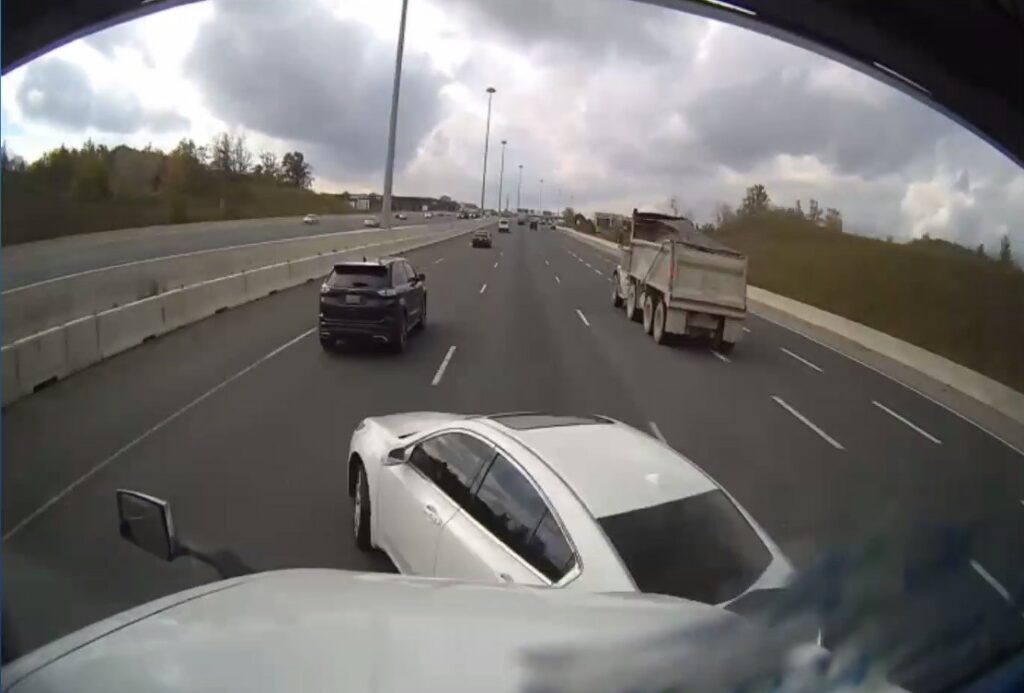Eco-driving improvements boost safety, decrease collision risks – Truck News
Eco-driving improvements can lower the risk of a collision or other critical events as well as reduce fuel bills, emerging Traffic Injury Research Foundation (TIRF) shows. They can lower insurance costs and increase productivity as well.
Such improvements involve maintaining a steady speed, driving smoothly, shifting up sufficiently, and downshifting as late as possible, anticipating traffic, using cruise control, and using technology that offers real-time feedback, said Milad Delavary, TIRF research associate, during a webinar organized by Truckload Carriers Association.

The yet-published TIRF study shows that a 1% increase in cruise control usage reduced hard braking events by 3%. Data also reveals that driving at a steady speed of 101 km/h in top gear sees a 34% reduction in the odds of a stability control event.
On the flip side, an increase in speed is linked to a 4% increase in the odds of a stability control event.
Fuel savings
“Avoid jackrabbit starts and you will see fuel savings,” added Guy Broderick, safety and training supervisor at Kriska Holdings, which has seen several benefits of eco-driving.
Demographics also has a role to play. Delavary said TIRF research shows that an increase in a driver’s age reduces the odds of a hard-braking incident by 9%.
Broderick isn’t quite ready to suggest that older drivers are always safer. “As we age, we become complacent in the way we do things,” he explained. In his experience, newly licensed drivers actually scored better on speed-related programs because “as you get comfortable and gain more miles, you become complacent.”
Video as a training tool
Kriska also uses videos captured from incidents involving their trucks as training tools for drivers — but not just to focus on mistakes.
Broderick, for example, shared a couple of videos at the webinar – one involving his carrier’s truck.
Based on that video that was captured in Ontario, Kriska was able to determine the driver was not at fault for hitting a four-wheeler, but the findings were still used as a reason to offer extra online training in space management. That has fuel economy benefits, too.
The video itself is also used as a training tool for other drivers.
